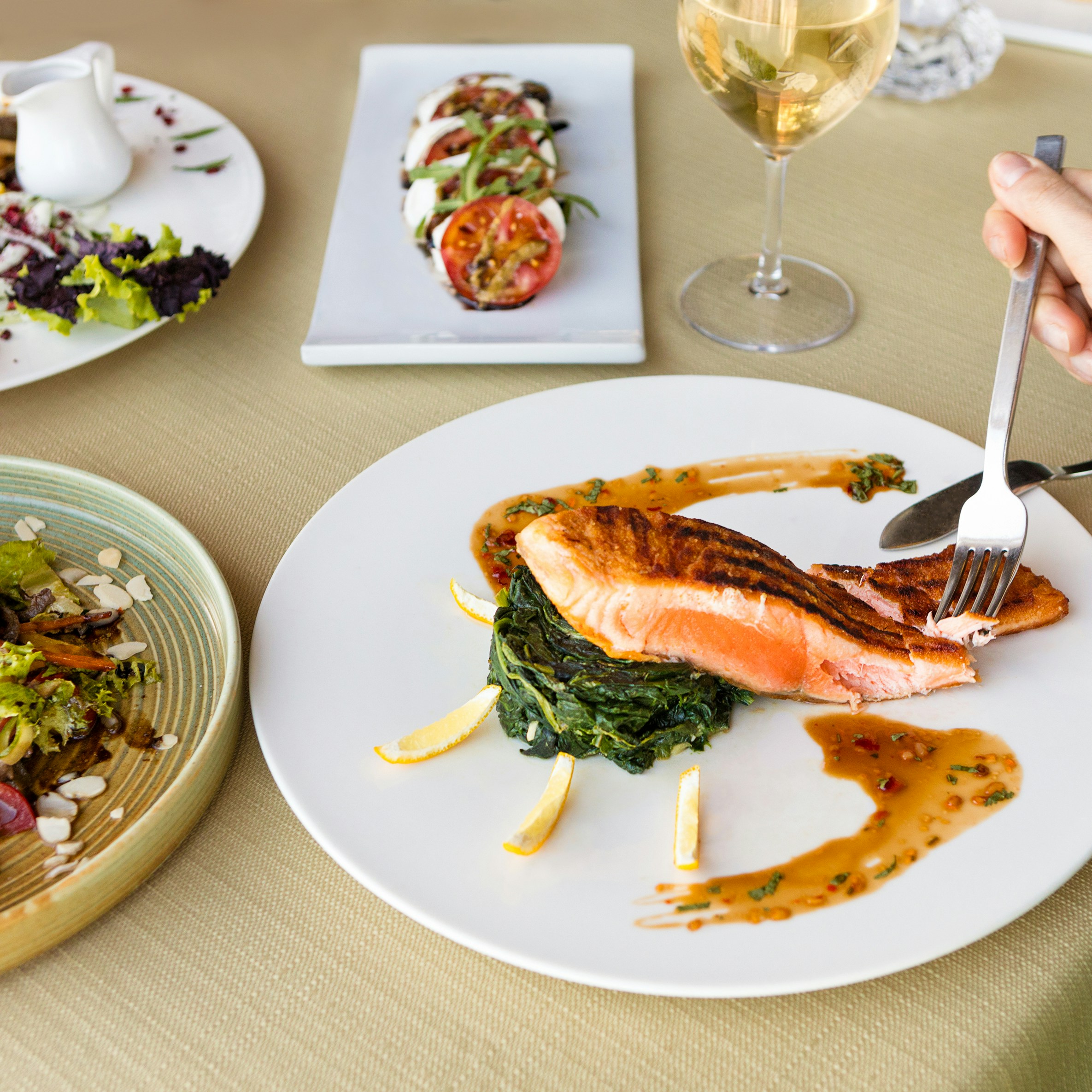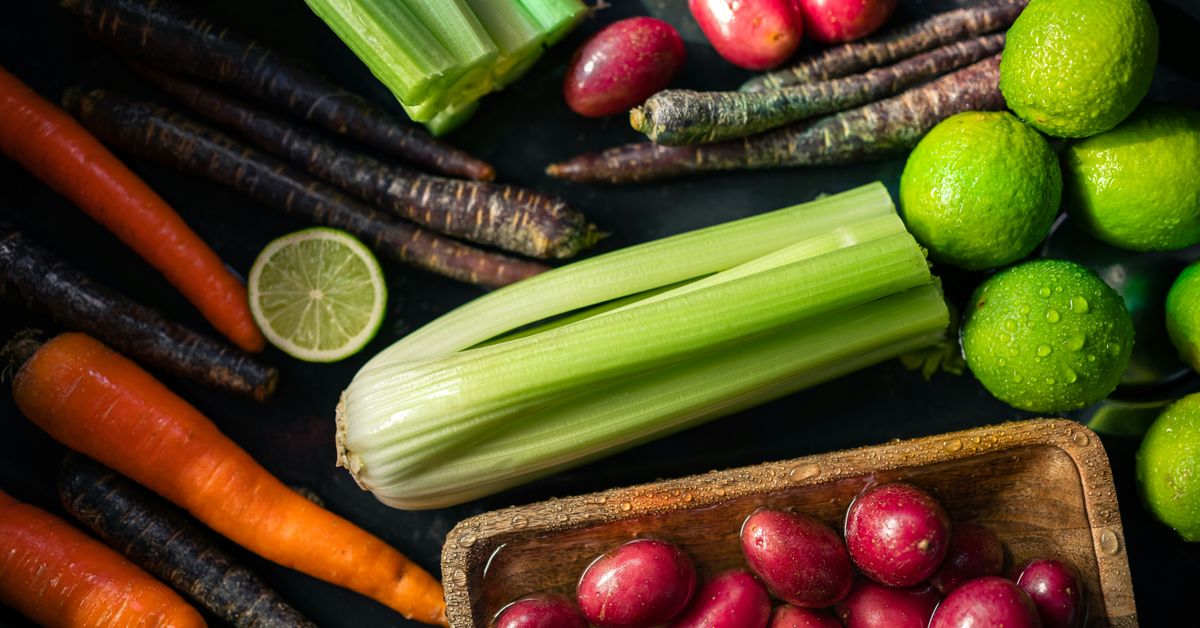Savoring the Flavors of Tradition: Recipes That Connect Generations
There’s something undeniably magical about the kitchen—a space where the air is thick with the scent of spices, laughter echoes off the walls, and generations gather to create not just meals, but memories. Recipes passed down through the ages serve as more than just instructions for cooking; they’re vessels of culture and identity, each bite a reminder of who we are and where we come from. In this exploration of flavors that span generations, we’ll delve into a variety of traditional recipes that have stood the test of time, often becoming the heart of family gatherings and celebrations.
The Power of Family Recipes
Family recipes often carry stories that intertwine with our identities. I remember my grandmother’s kitchen, a haven filled with the aroma of simmering tomato sauce that could make even the most hardened hearts melt. Each time I helped her prepare her famous lasagna, it felt like stepping into a time machine, taking me back to her childhood in Italy. The way she rolled out the pasta from scratch, her hands dusted with flour, was more than just cooking; it was an act of love, a homage to her roots.
What makes these recipes so special is their ability to forge connections across time and space. They allow us to sit at the same table as those who came before us, sharing not just food, but a sense of belonging. It’s no surprise that many studies suggest that families who cook together tend to bond stronger. Cooking becomes a shared language, one that transcends generations.
Regional Flair: Recipes That Tell a Story
Let’s take a culinary journey around the world, starting with the rich flavors of the Mediterranean. Consider the classic dish of Greek moussaka—a layered casserole of eggplant, minced meat, and creamy béchamel sauce. This dish not only satisfies the palate but carries with it the essence of Greek hospitality. Often prepared during family gatherings, moussaka is a dish that invites everyone to gather around the table, sharing stories and laughter as they dig into the warm, comforting layers.
In many ways, moussaka is a metaphor for familial bonds: it requires layers of time, effort, and love to create something beautiful. “Cooking moussaka is like telling a family story,” says Maria, a Greek chef and culinary historian. “Every ingredient has its own tale, just like each family member contributes to the bigger picture.”
From Italy: Nonna’s Meatballs
No exploration of traditional recipes would be complete without mentioning Nonna’s meatballs. These juicy orbs of flavor have graced Italian tables for generations. “My grandmother used to say that a good meatball needs to be seasoned with love,” recalls Tony, who grew up in a bustling Italian-American household. “It’s not just about the ingredients; it’s about the intention behind them.”
Here’s a simple recipe that captures that essence:
- 1 pound ground beef
- 1/2 cup breadcrumbs
- 1/4 cup grated Parmesan cheese
- 2 cloves garlic, minced
- 1 egg
- Salt and pepper to taste
- Fresh parsley, chopped
Mix all the ingredients together, form into balls, and bake until golden brown. Serve with marinara sauce over spaghetti, and just like that, you’ve transported yourself to a Sunday dinner at Nonna’s house.
Exploring Cultural Traditions Through Food
Food is a universal connector, but its meanings can vary widely across cultures. Take the Jewish tradition of challah bread, braided and often enjoyed during Shabbat. This golden loaf isn’t just a side dish; it represents the beginning of the Sabbath, a moment of pause in our busy lives. The act of braiding the dough is not just a culinary technique but a ritual that brings families together every week.
“Challah is the centerpiece of our family’s Shabbat,” says Miriam, a mother of three. “It’s more than just bread; it’s a symbol of rest, community, and togetherness.” When she bakes, the kitchen fills with laughter as her children help braid the dough, their small hands mimicking the movements of generations before them.
A Recipe for Challah Bread
If you’re keen to try your hand at making challah, here’s a straightforward recipe:
- 1 cup warm water
- 1/4 cup sugar
- 1 packet (2 1/4 teaspoons) active dry yeast
- 1/4 cup vegetable oil
- 1 teaspoon salt
- 3 eggs
- 4 cups all-purpose flour
Combine the water, sugar, and yeast, allowing it to foam. Mix in the oil, salt, and eggs, followed by the flour. Knead until smooth, then let it rise. Once it’s doubled in size, braid it and let it rise again before baking. The resulting loaf is soft, sweet, and perfect for pulling apart with loved ones.
Sweet Memories: Desserts That Delight
Who can forget the smell of freshly baked cookies wafting through the house? For many, these sweet treats are the epitome of comfort and nostalgia. My own childhood was filled with the delightful scent of chocolate chip cookies, thanks to my mother’s secret recipe (which, I suspect, was just a fancy way of saying “add more chocolate”).
Many families have a signature dessert that’s saved for special occasions. In my friend Sarah’s household, it’s her grandmother’s pecan pie. “Every Thanksgiving, we fight over who gets to cut the first slice,” she laughs. “It’s a tradition that brings us together, despite the usual family squabbles.”
Classic Pecan Pie Recipe
Here’s how you can make this beloved dessert:
- 1 cup corn syrup
- 1 cup brown sugar
- 1/3 cup melted butter
- 3 eggs
- 1 teaspoon vanilla extract
- 1 cup pecans
- 1 pie crust (store-bought or homemade)
Preheat the oven to 350°F (175°C). In a bowl, combine corn syrup, brown sugar, melted butter, eggs, and vanilla. Stir in the pecans. Pour the mixture into the pie crust and bake for about 60 minutes. Let it cool before serving. If you can resist the urge to devour it immediately, that is!
The Role of Cooking in Cultural Preservation
As cultures evolve, so do their culinary traditions. Modern influences often reshape traditional recipes, sometimes sparking debates about authenticity. Yet, at the heart of this evolution lies the desire to preserve cultural heritage. Many communities actively seek to maintain their culinary practices, ensuring that future generations have access to their rich histories.
Consider the rise of cooking classes that focus on traditional methods. Many chefs are finding ways to link younger generations with their heritage. “It’s about bridging the gap,” says Chef Amina, who teaches workshops on Moroccan cuisine. “When young people cook these recipes, they’re not just learning to cook; they’re learning about their ancestors and the stories that shaped their families.”
Gathering Around the Table: More Than Just Food
Eating together is a tradition that transcends cultures. The act of gathering around a table to share a meal fosters conversation, connection, and, most importantly, community. It’s during these moments that stories are shared, laughter rings out, and bonds are strengthened.
“We have a rule in our family: no phones at the table,” says David, a father of three. “It’s our time to reconnect, to be present with each other. And honestly, the food tastes better when we’re not distracted.”
Research has shown that families who dine together regularly tend to have stronger relationships. It’s in these shared meals that values are passed down—whether it’s the importance of gratitude, the joy of sharing, or simply the love of good food.
Creating New Traditions
As families evolve, so too can their culinary traditions. New recipes can be added to the mix, perhaps inspired by travels or new tastes discovered along the way. It’s about honoring the past while creating space for the future. The challenge lies in maintaining the balance between tradition and innovation.
“I love to experiment with new ingredients,” admits Marissa, who often incorporates global flavors into her family’s traditional dishes. “But I also make sure to keep the classics alive. It’s like a delicious dance between old and new.”
Conclusion: A Taste of Heritage
As we navigate our busy lives, it’s easy to overlook the significance of food and the traditions that come with it. Yet, taking the time to savor these flavors can enrich our lives, grounding us in our identities and connecting us with those we love. Each recipe we pass down is a thread in the fabric of our family’s story, a reminder of where we came from and a guide for where we’re headed.
So, whether you’re rolling out dough for a family pie or stirring a bubbling pot of soup, remember: you’re not just cooking; you’re cultivating connections, celebrating heritage, and creating memories that will last long after the last bite is taken. Let’s raise our forks to the flavors of tradition—may they forever grace our tables and our hearts.




